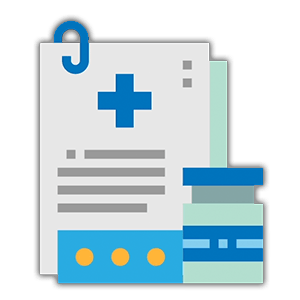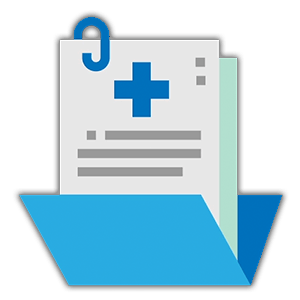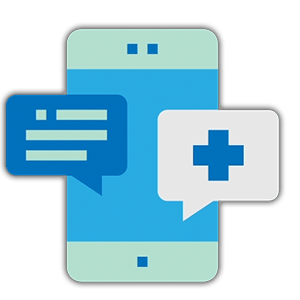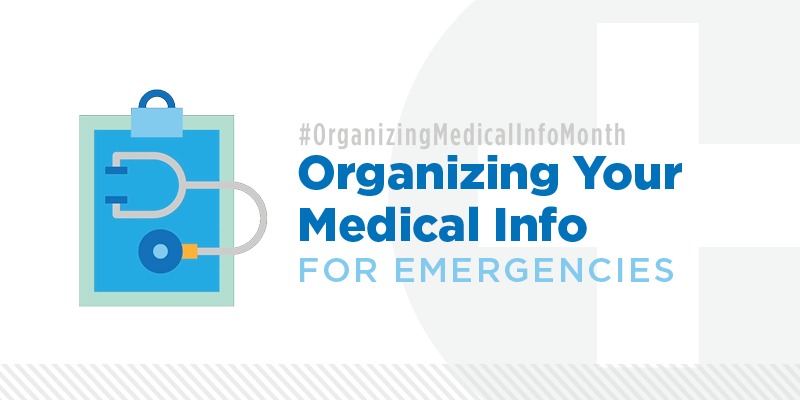When someone is having a health emergency, it is often difficult to think clearly and decide on the best course of action. In the action that is unfolding, it is easy to forget the important information that the medical and facility staff may need to know in order to provide the best possible treatment.
Information you need to gather and bring with you includes:

- What medications – both over the counter and prescription – do you currently take?
- A current list of prescription medications & doses is critical for medical staff. Include over-the-counter medications that you may take regularly.
- If you are able, grab medication bottles to bring with you to the ER.
- What are you allergic to?
- This should include any allergies to medications, supplements, foods, and any skin allergies (such as to latex).


- What is your medical history?
- This should include any major injuries, surgeries, any medical devices in your body, and chronic illness along with the dates and current status.
- Include less commonly thought-of information like whether your vision or hearing is corrected (and how), if you have screws or metal plates in your body, if you have an IUD, etc.
- Contact Information – include multiple contacts and multiple ways to contact each individual (except for physician contacts)
- Emergency contact info
- Family contact info (if different from emergency contact)
- Physician contact info – for any of the medical conditions listed in your medical history


- Insurance Information – in case you forget your insurance card, or it can’t be located (in the event that you aren’t conscious), including your insurance information makes verification easier.
Finally, other essential items to bring along with you include:
- A photo ID
- Insurance cards
- Legal documents such as Power of Attorney, Consent to Treat, or other legal documentation outlining types of treatment you would or would not like to receive
- Toxins, Poison, Spider, etc – If the patient was bit or stung, try to get a photo of the culprit to assist with identification; if a toxin, poison, or chemical was ingested, try to bring in the chemical or the container it was in. Proper identification can greatly speed the treatment process.
Print out the attached PDF and fill it out for every member of your family so that, in the event of an emergency, you have a majority of the information you need in one place. Update it any time the information changes, or every year.


Back to Blog